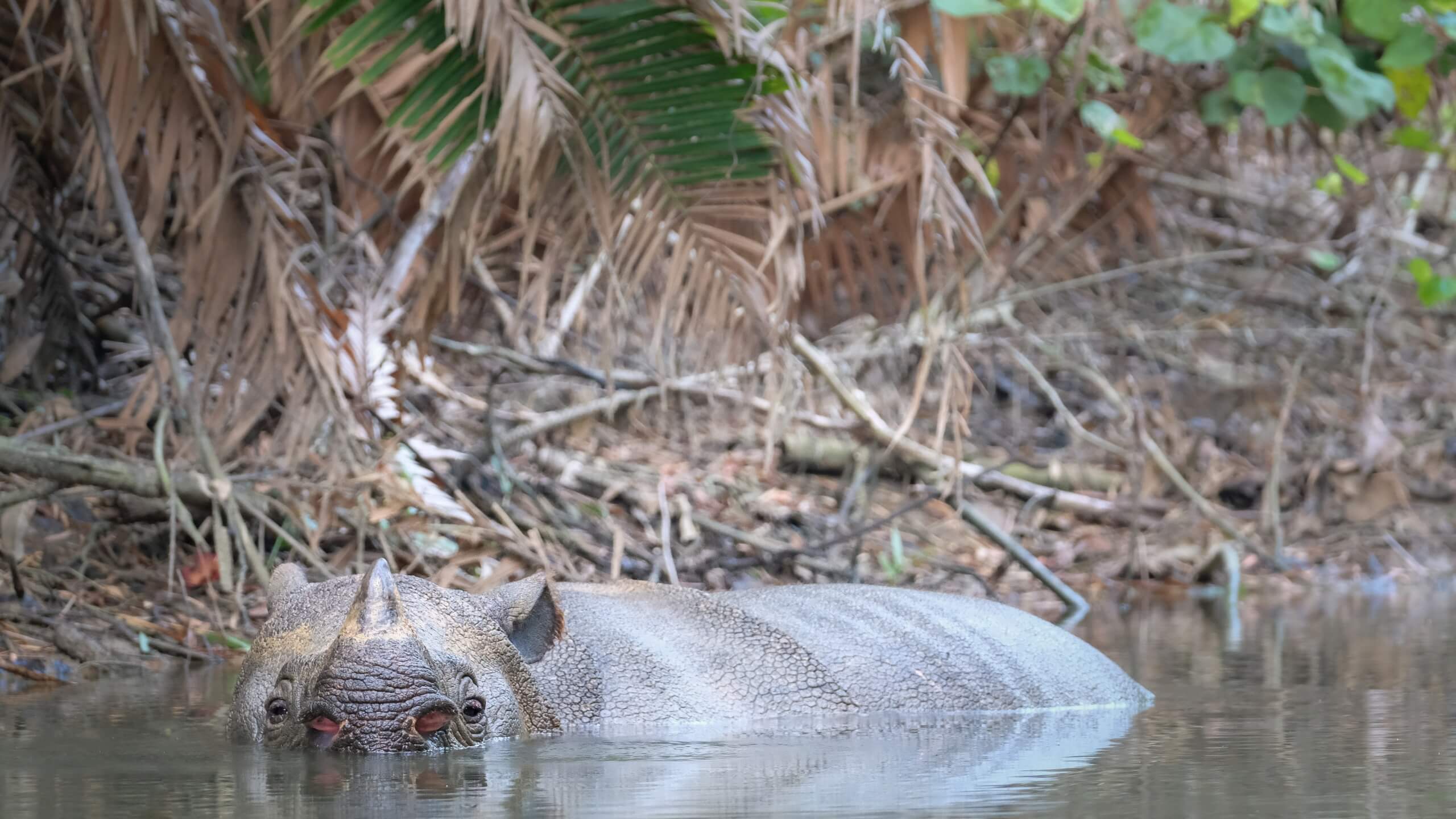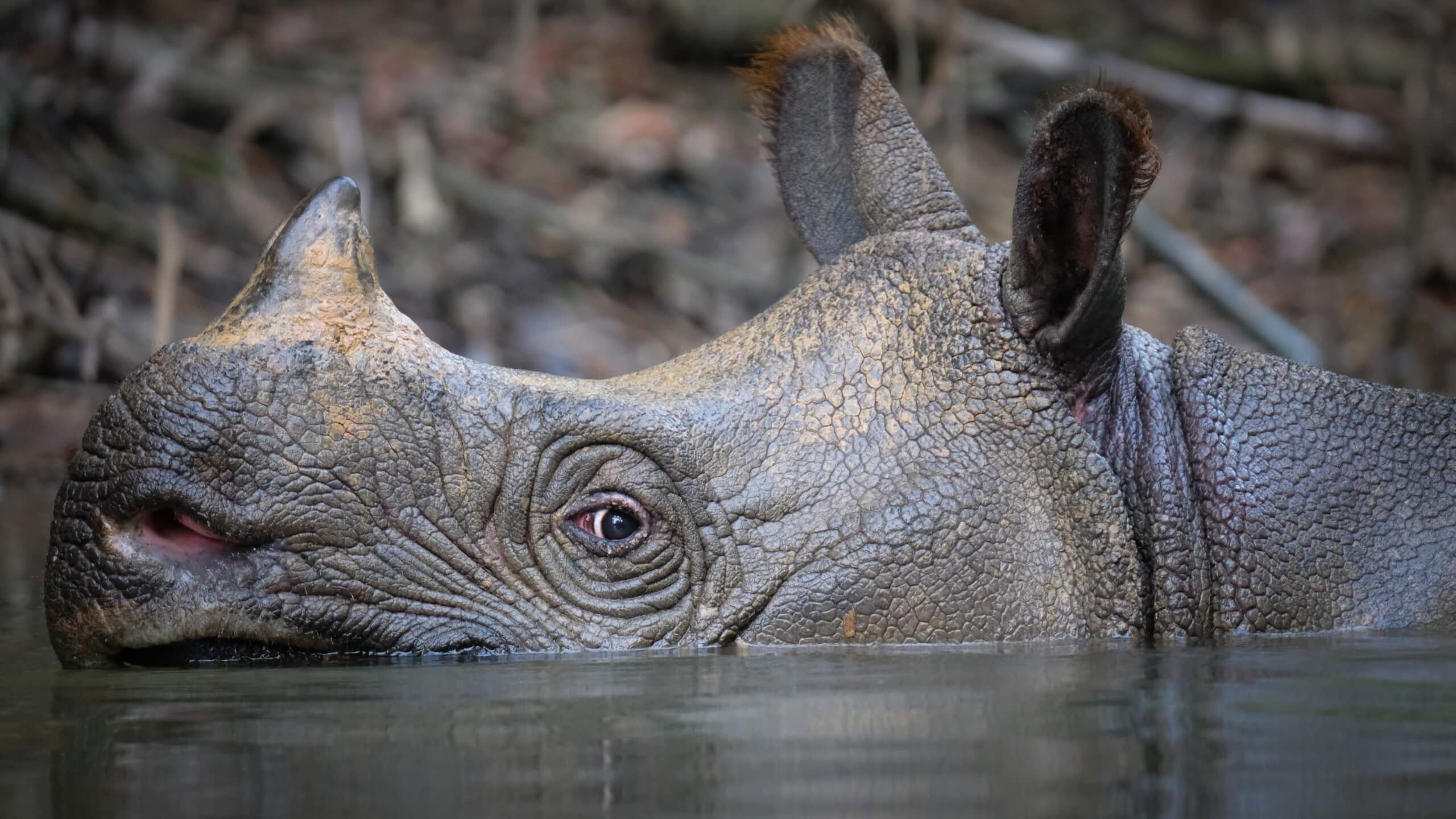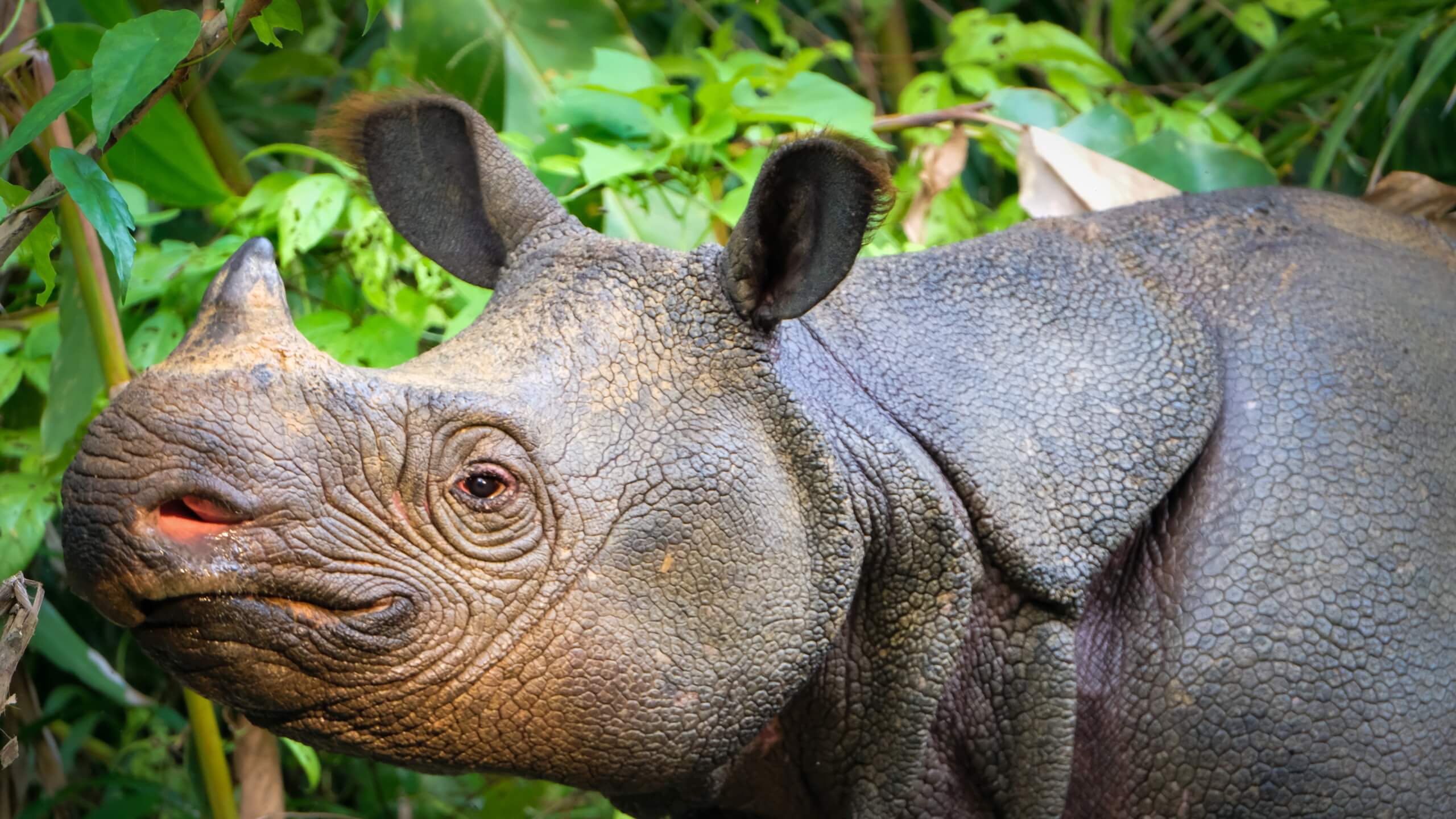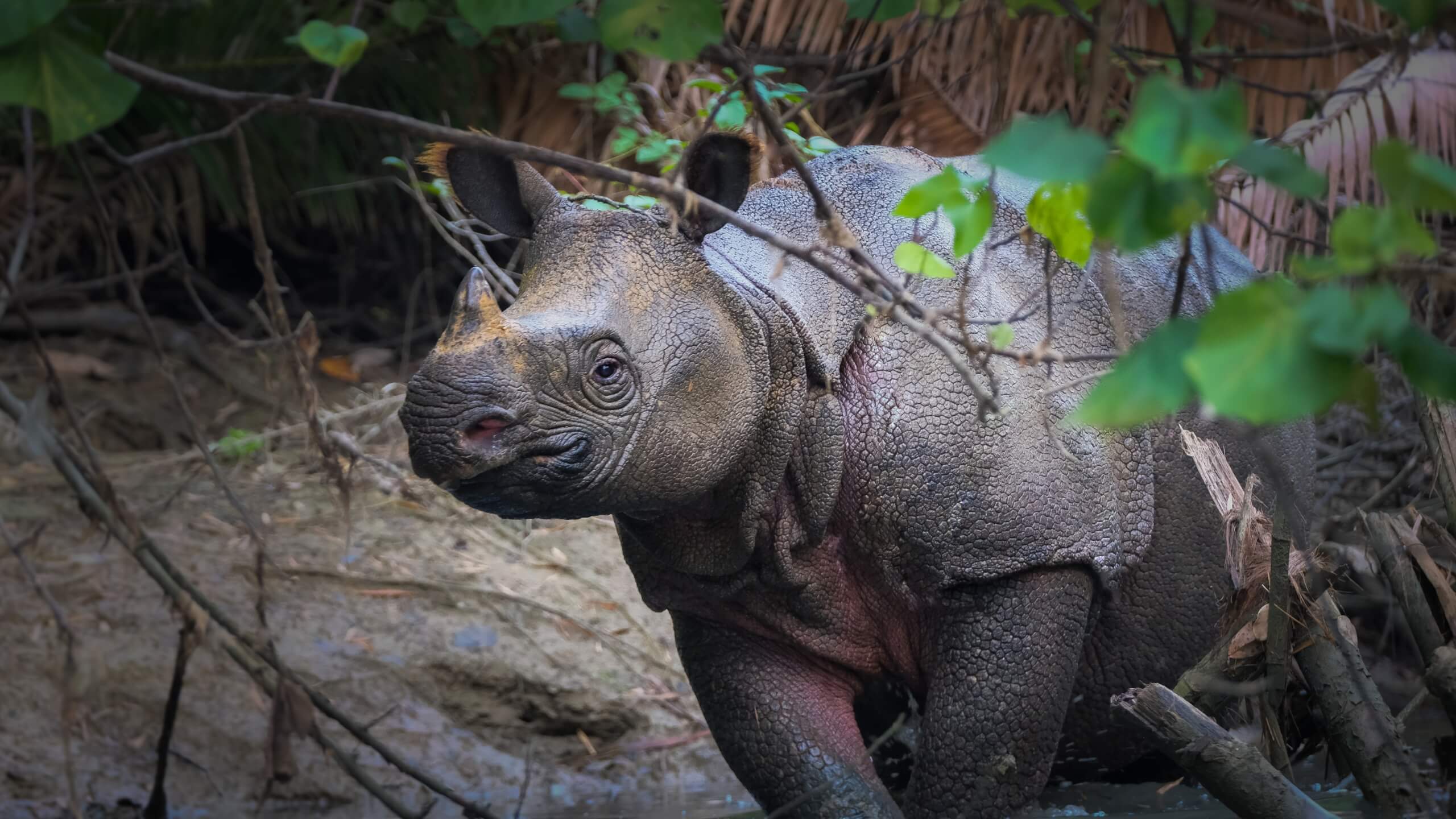The Javan Rhino is one of the rarest mammals on earth, with an estimated population of only 67 individuals in Ujung Kulon National Park in Java, Indonesia. Javan Rhinos are facing a serious threat to their survival due to human activities.
Poaching has been a major factor in the decline of Javan rhinos since they were first discovered by European explorers during colonial times. These large mammals were hunted for their horns which were used medicinally or sold as decorative items due to their rarity and beauty.
Habitat loss is another major threat, as forests are cleared away it reduces available space for them to roam freely making it difficult for them to find food sources, mates, or even just shelter from predators.

Recent conservation efforts have been successful in increasing the population of Javan Rhinos. In Java, Indonesia, where most of these rhinos live, their numbers have increased from fewer than 50 to over 70 individuals since 2011.
How many Javan Rhinos are left in the world?
Only 67 individuals of Javan Rhinos are left on Earth. This drastic decline is mainly caused by two major factors, “poaching and habitat loss”. Both of them are human activities which means, humans are the major source for the declining Rhino population.
Also Read: How many Rhinos are Left in the World?
As a result, conservation efforts are being made to protect this unique species from further decline; however much work still needs to be done if we are going to ensure its survival for future generations.
Why are Javan Rhinos dying?
Javan Rhinos are facing a serious threat to their survival due to human activities. Hunting, poaching and habitat destruction have led to drastic population declines in recent years.
In addition, climate change is causing further damage by reducing the amount of suitable habitats available for Javan Rhinos and making it harder for them to find food sources. Without immediate conservation efforts, this species could become extinct within the next decade or two.

3 Reasons For Why javan rhinos are endangered?
As mentioned earlier, Javan rhino is one of the most endangered species on Earth, with only an estimated 67 individuals remaining in their native habitat. This critically endangered mammal faces a number of threats that have caused its population to decline drastically over the past century.
The main factors contributing to this species’ endangerment are poaching, habitat loss and fragmentation, and competition for resources from other animals such as wild pigs.
- Poaching has been a major factor in the decline of Javan rhinos since they were first discovered by European explorers during colonial times. These large mammals were hunted for their horns which were used medicinally or sold as decorative items due to their rarity and beauty. Over time this unsustainable hunting practice has decimated whole populations leaving very few surviving individuals left today .
- Habitat loss is another major threat facing these animals as deforestation continues at an alarming rate throughout Southeast Asia where they live . As forests are cleared away it reduces available space for them to roam freely making it difficult for them to find food sources , mates , or even just shelter from predators.
Additionally when habitats become fragmented due to development projects like roads or buildings it can further isolate small groups leading to increased competition between different animal species over limited resources such as food, water etc .. - Finally javan Rhinos also face increasing pressure from invasive animal species that compete with them directly reducing access to necessary sustenance needed to survive. Wild Pigs especially have proven particularly troublesome being able to compete more effectively than local wildlife while multiplying quickly causing further damage to ecosystems already suffering human induced destruction.
All these factors combined make survival increasingly difficult. Any hope of saving javans Rhinos lies in our ability to protect what little remains before it’s gone forever.
What should we do to save rhinos?
In order to save rhinos, we must take immediate action. We need to increase patrolling and monitoring of poaching activities in areas where rhinos live, as well as strengthen law enforcement against poachers and traffickers.
Moreover, we should raise awareness about reducing the illegal demand of wildlife products and teaching about the devastating effects on endangered species. Habitat protection is key; conserving existing habitats and creating new ones will ensure that these animals can continue living in a safe environment free from human interference.
Governments should also strengthen laws against poaching with harsher punishments like jail time or fines which would act as a deterrent to those considering breaking wildlife protection laws and regulations in place across different countries around the globe.

Why are rhinos important?
Rhinos are an important species on the planet, and they play a significant role in maintaining the balance of nature. Rhinos provide food sources to other wildlife while helping to regulate grazing patterns that maintain grasslands and savannahs.
They are also one of the most iconic animals on Earth, and their presence is essential for healthy ecosystems, as rhinos help disperse seeds from plants which can lead to new growth in areas previously affected by drought or fire damage.
Are javan rhinos increasing?
Recent conservation efforts have been successful in increasing the population of Javan Rhinos. In Java, Indonesia, where most of these rhinos live, their numbers have increased from fewer than 50 to over 70 individuals since 2011.
The International Union for Conservation of Nature (IUCN) has listed them as critically endangered due to poaching and habitat loss; however, with continued protection by local authorities and organizations such as WWF-Indonesia they are slowly but surely making a comeback.
How many javan rhinos are left in 2023?
By 2023, it is estimated that there will be approximately 70-80 Javan Rhinos left in the wild. With continued support from governments, organizations and individuals around the world, we can help ensure a future where Javan Rhinos remain safe in their natural environment.


